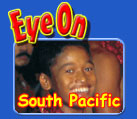|
|
|
|
|
|
| |
|
|
|
|
| |
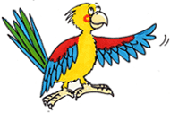 |
For
every thousand people in the world,
only one will come from the South Pacific.
Nevertheless, about a quarter of the
world's languages are spoken here, and
each island has its own culture and
traditions. |
The photo shows a Samoan boy's tattoos,
one tradition that began in the South
Pacific.
 to
find out more. to
find out more. |
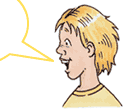 |
|
|
|
|
|
|
|
|
|
|
|
| |
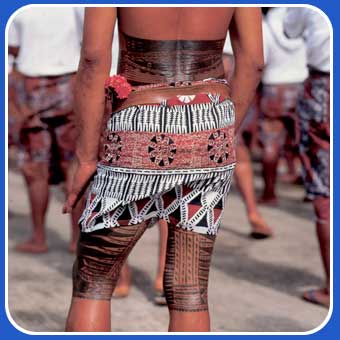 ©Eye
Ubiquitous/James Davis Worldwide
©Eye
Ubiquitous/James Davis Worldwide |
|
|
|
|
|
|
|
|
|
| |
|
Some
South Pacific countries are more crowded
than others. Use the table to work out
how many people there are for every
square kilometre. This way, you can
see which countries are the most crowded.
 if
you need some help. if
you need some help.
|
| Country |
American
Samoa |
Fiji |
Kiribati |
Tonga |
Tuvalu |
Western
Samoa |
Vanuatu |
Land
size in
square kilometres |
199 |
18,270 |
717 |
748 |
26 |
2,860 |
12,200
|
| Number
of people |
67,084 |
844,330 |
94,149 |
104,227 |
10,991 |
179,058 |
192,910 |
 for
the answers. for
the answers. |
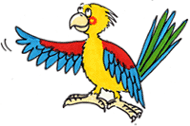 |
|
|
|
|
|
|
|
|
|
|
|
| |
©Eye
Ubiquitous/James Davis Worldwide
|
|
|
|
|
|
|
|
|
|
|
| |
|
|
| In
Fiji, many traditions have been
passed from one generation to
another. Some Fijians still make
houses called burés. These
are made from local materials
like reeds, bamboo and palm fronds
that are woven together to make
a thatched house. Inside the buré,
families eat, sleep and even work
together in one big room. |
|
|
|
|
|
|
|
|
|
|
|
|
| |
| |
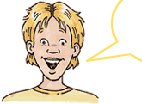 |
| In
the evening, many people
chat and share stories together
over a drink of kava. Kava
is a drink made of a root
of a plant that you can
see in the photo. The root
is smashed into a pulp and
mixed with water. Sitting
in a circle, the kava is
passed round in a coconut
shell bowl. People in many
South Pacific islands have
been drinking kava for 3,000
years. After several cups
of kava, your tongue tingles
a little and it helps you
relax at the end of the
day. |
|
|
|
|
|
|
|
|
|
|
|
|
|
| |
©Heldur
Netocny/Panos Pictures
|
|
|
|
|
|
|
|
|
|
|
| |
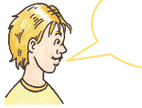 |
The
person who hands round the kava is often
the village chief. He is an important
person in every village. In the more
remote villages, the chief is the advisor,
policeman, judge all rolled into one!
|
| The
chief is not the only important person.
Every grandmother has an important role
to play. While the parents are out working,
granny is in charge of the children
until they reach 16 years old. She prepares
their lunch and sees them off to school.
|
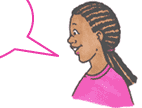 |
|
|
|
|
|
|
|
|
|
|
|
| |
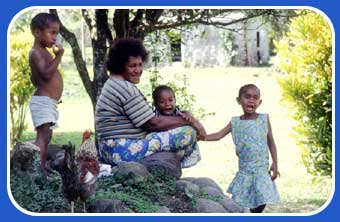 ©Simon
Scoones/Worldaware
©Simon
Scoones/Worldaware |
|
|
|
|
|
|
|
|
|
|
|
|
|
 |
 |
|
